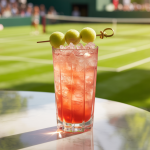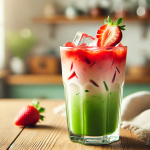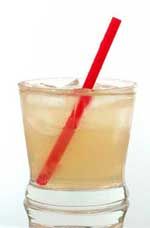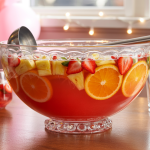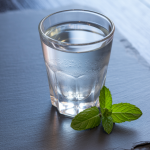
Kotikalja Recipe
Kotikalja is a mildly fermented, lightly carbonated Finnish malt beverage with a sweet, bready flavor and low alcohol content. Traditionally homemade, it’s brewed using rye malt, sugar, water, and yeast. This drink is best enjoyed fresh and cold within a few days of bottling.
Ingredients (Makes approx. 1.3 gallons)
- 1¾ to 2 cups crushed rye malt (lightly toasted if desired)
- ¾ to 1 cup granulated sugar (adjust for sweetness)
- 1¼ gallons (5 quarts) boiling water
- ¼ to ½ teaspoon dry baker’s yeast
- (Optional) 3–4 tablespoons rye malt extract or dark malt extract for deeper color and flavor
Steps to Make It
A. Malt Preparation (Optional but recommended)
- Lightly toast crushed rye malt in an oven at 325°F (160°C) for 10–15 minutes until fragrant and golden brown. Avoid burning. Let cool.
B. Mash and Mix
- Place the crushed malt and sugar into a large, sanitized container (at least 2 gallons in capacity).
- Carefully pour the boiling water over the malt and sugar. Stir thoroughly to dissolve the sugar.
- Let the mixture sit for 15–20 minutes, allowing flavors to steep.
C. Cool and Ferment
- Once the mixture cools to room temperature (68°F or 20°C), strain it through a fine mesh sieve or cheesecloth into a clean fermenting container.
- In a small cup, dissolve the dry yeast in a few tablespoons of the cooled liquid. Let it sit for 5 minutes, then add it to the full batch.
- Cover the container with a clean towel or a lid (loosely, to allow gas to escape), and let it sit at room temperature for 18–24 hours to lightly ferment.
D. Bottle and Carbonate
- After fermentation, chill the mixture slightly (~50°F or 10°C) to help the yeast settle.
- Carefully pour the drink into clean bottles, leaving sediment behind. Optionally, add 1 teaspoon of sugar or 1 raisin per bottle to promote mild carbonation.
- Cap and store at room temperature for 1–2 days, then refrigerate.
Storage & Serving
- Serve cold in a beer mug or stein.
- Best consumed within 3–4 days for optimal flavor and freshness.
- Keep refrigerated in sealed bottles to maintain carbonation and prevent spoilage.
(Updated: 6/13/25)

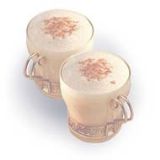 Ingredients
Ingredients Ingredients
Ingredients Ingredients
Ingredients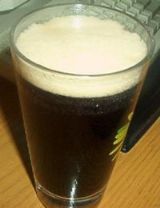 Ingredients
Ingredients

